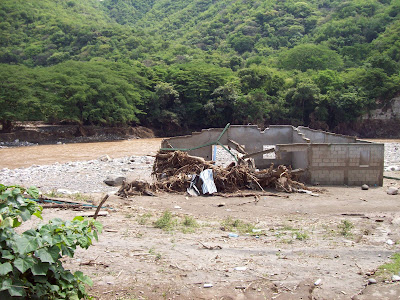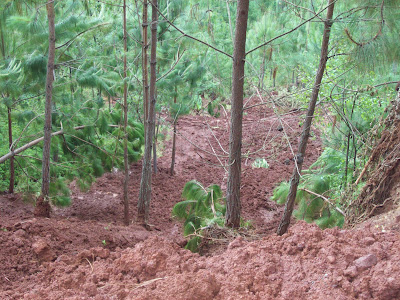
We're getting ready for the World Oceans Day that will be celebrated tomorrow with a great book that helps making the identification of fish a fun experience for kids.
Our book is:
The Complete Hawaiian Reef Fish Coloring BookAuthor: Monika Mira
Monika Mira's passion for marine life conservation began nearly 15 years ago when she volunteered to identify fishes at the UH Sea Grant information desk at Hanauma Bay. At that time, she found that it was easier to learn to identify the fishes if she painted or illustrated them. These initial illustrations became the inspiration for The Complete Hawaiian Reef Fish Coloring Book.
Since then, Monika has worked on numerous projects to help conserve Hawaii’s natural resources. Besides teaching marine science to grades 6-12, she has been part of a team that regularly assesses the health of Hawaiian Streams based on their biological integrity. She has been painting and drawing since she can remember. Her paintings and illustrations have appeared in newsletters, on T-shirts and on greeting cards both here in Hawaii and on the mainland. The Complete Hawaiian Reef Fish Coloring Book offered her the perfect opportunity to combine her talents.
Publisher: Lucid Publishing
Published on: November 2009
What this book is about?
The Complete Hawaiian Reef Fish Coloring Book includes over 200 colorable illustrations to help the reader learn to identify over 80 species of fish. Each illustration is accompanied by a complete description of the fish, including the scientific, common and Hawaiian names. Their anatomical features, coloration, body designs, feeding habits and reproductive strategies are also explained in a fully illustrated section devoted to these topics. In addition, an overview of coral reef ecology is provided to help the reader understand the relationship between the fishes and the coral reef and the importance of conservation.
What we think about it?
I went on Saturday to the beach (Rehoboth Beach in Delaware) and had the amazing experience of watching two beautiful whales swimming very close to the beach. It was not too difficult to recognize that these are whales (they're huge!), but when it comes to smaller fish, there's definitely a challenge to identify them. Then you need a guide such as the Complete Hawaiian Reef Fish Coloring Book.
And this is not a regular guide. The author does a great effort to keep it not only educational, but also fun. I like the whole idea of a coloring book and I think it makes the identification process much more interesting for kids (and their parents as well..) and get them to not only better understand the scientific information about the fish, but also appreciate the richness of the marine world.
This book is of course dedicated to the Hawaiian reef fish, but I think it would be a great book for kids who are curious to learn more about fish, even if they don't go for a vacation in Hawaii. The information in the book is very interesting and enlightening and there's also a useful glossary at the end of the book.
I also want to mention that this book is printed in the US on recycled paper (30% PCW) to better reflect the author and publisher's environmental philosophy.
Bottom Line: A great book to give your kids the next time you go to the beach!
Disclosure: We received a copy of this book from the author.
Yours,
Raz @ Eco-Libris
Eco-Libris: Promoting sustainable reading!

 These are pictures of what is left of a bridge & fishing town along the Rio Monogua, in southern Chimaltenango.
These are pictures of what is left of a bridge & fishing town along the Rio Monogua, in southern Chimaltenango.


 Mountains around Simajhuleu, Department of Chimaltenango, where AIR planted trees 8 years ago, which are growing strong.
Mountains around Simajhuleu, Department of Chimaltenango, where AIR planted trees 8 years ago, which are growing strong.














